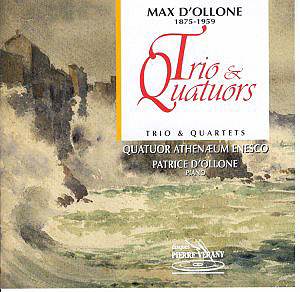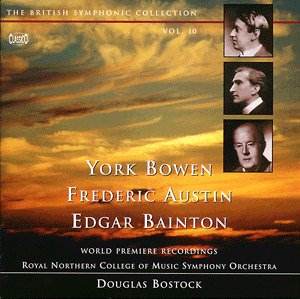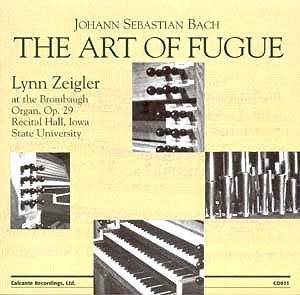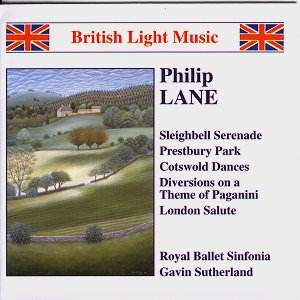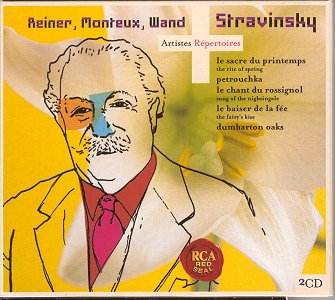 Composer: Igor Stravinsky
Composer: Igor Stravinsky
Works: Petroushka, Rite of Spring, Song of the Nightingale, The Fairy’s Kiss, Dumbarton Oaks
Performers: Boston Symphony Orchestra/Pierre Monteux, Chicago Symphony Orchestra/Fritz Reiner, NDR Symphony Orchestra/Günter Wand
Recording: Monteux: 1951, 1959; Reiner: 1956, 1958; Wand: 1984
Label: RCA
Igor Stravinsky, a titan of 20th-century music, revolutionized the landscape of orchestral sound with his groundbreaking compositions, particularly through ballets that bridged the realms of theatricality and concert performance. This new compilation presents five of his most celebrated works, showcasing the artistry of three eminent conductors—Pierre Monteux, Fritz Reiner, and Günter Wand—whose interpretations remain vital touchstones in the history of recorded music. The performances span from the 1950s to the mid-1980s, offering a rich tapestry of Stravinsky’s evolving musical language.
Monteux’s interpretations of both Petroushka and The Rite of Spring are particularly noteworthy. Having conducted the premieres of these ballets, Monteux imbues his performances with an authenticity that is both historical and emotional. In Petroushka, he deftly balances the work’s dramatic narrative with its underlying irony. The orchestration, characterized by its vibrant color and rhythmic complexity, is executed with finesse; the famous “Petroushka’s Room” scene unfolds with palpable tension and pathos, as the strings weave through the protagonist’s inner turmoil. The clarity of woodwinds and the punchy brass in the climactic moments reflect a conductor deeply attuned to Stravinsky’s intent. Monteux’s Rite of Spring, recorded in 1951, offers an alternative to the more frenetic interpretations that have proliferated; here, the emphasis on deep rhythmic grounding allows for a nuanced exploration of the primal energy inherent in the score, underscored by the compelling brass fanfares and the rich, throbbing strings that build to the sacrificial climax.
Fritz Reiner’s contributions with the Chicago Symphony Orchestra are equally compelling. His interpretations of The Song of the Nightingale and The Fairy’s Kiss reveal a conductor who relishes the lyrical aspects of Stravinsky’s neo-classical phase. In The Nightingale, the delicate interplay between the solo instruments and the orchestra captures the essence of the Chinese aesthetic that Stravinsky sought to evoke. Reiner’s meticulous attention to detail brings forward the lush harmonies and rhythmic subtleties that characterize the work, allowing melodic lines to shine with clarity. Similarly, in The Fairy’s Kiss, Reiner extracts the Tchaikovskian influences with a lightness that contrasts effectively with the more profound emotional weight of the preceding pieces.
Günter Wand, often less associated with Stravinsky, offers a captivating interpretation of Dumbarton Oaks. This work, a modern concerto grosso, showcases Wand’s ability to navigate the intricate textures and jazz-inflected rhythms with a keen sense of balance. His 1984 recording reveals a slightly darker, more introspective reading that diverges from the more spirited performances often encountered. Wand’s interpretation encourages listeners to engage with the work’s subtleties, as he harnesses the orchestral forces to create an atmosphere that is both playful and slightly sinister. His command of the material lends itself to an exploration of the work’s quiet complexities, which can be overshadowed by more exuberant renditions.
The sound quality across this compilation benefits from RCA’s remastering, though the mono recordings of the earlier pieces, particularly Monteux’s Rite, may leave listeners yearning for the spatial depth of stereo. Nonetheless, the clarity of the orchestral textures remains impressive, and the engineering captures the vibrant colors of Stravinsky’s orchestration. The packaging is aesthetically pleasing, though the program notes could have benefitted from greater depth, particularly considering the historical significance of these works.
This collection serves not only as an introduction to Stravinsky’s seminal compositions but also as a celebration of the interpretative mastery of three legendary conductors. Each conductor brings a unique perspective, enriching the listener’s understanding of Stravinsky’s diverse stylistic phases. The combination of historical authenticity and engaging performance makes this double CD a valuable addition to any classical music library, particularly for those seeking a deeper appreciation of Stravinsky’s enduring impact on the orchestral repertoire.
